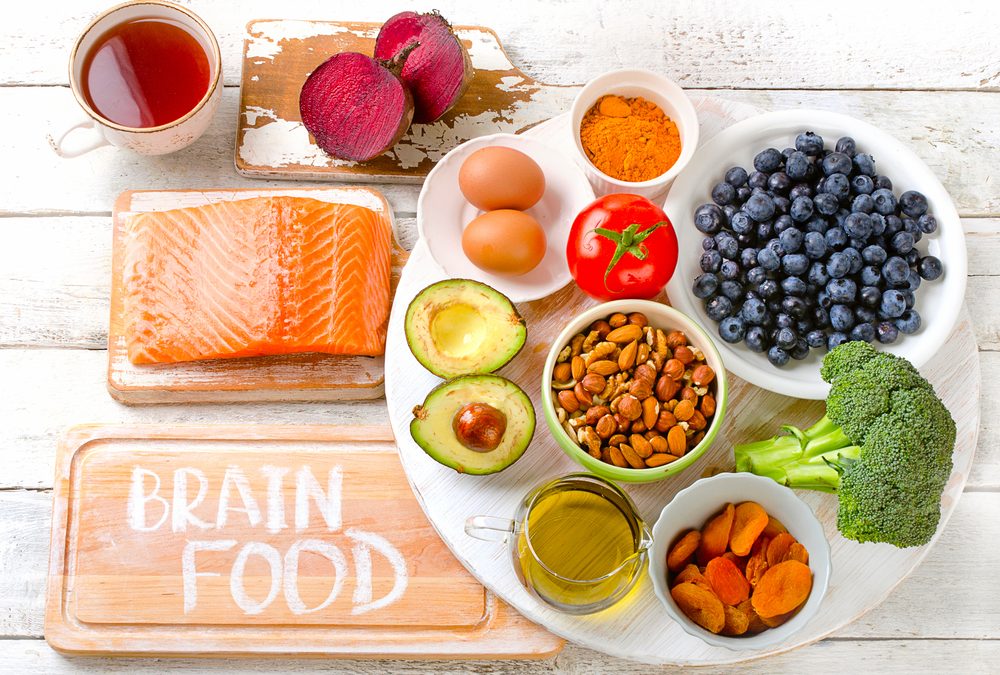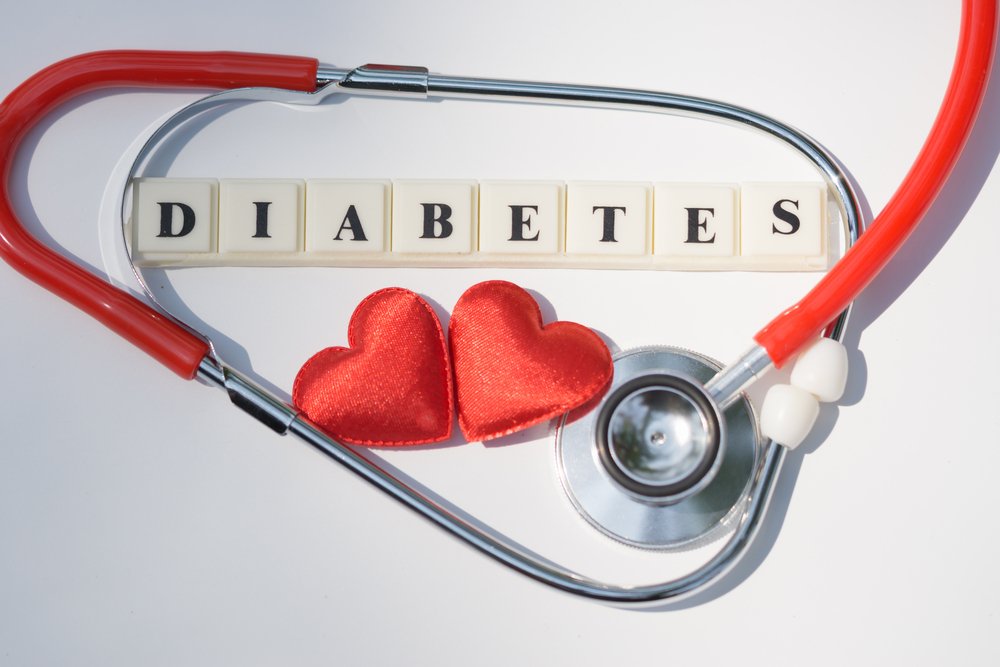 Omega-3s help boys both with and without ADHD pay better attention
Omega-3s help boys both with and without ADHD pay better attention
We usually blame the seemingly increasing prevalence of attention deficit/hyperactivity disorder (ADHD) of children in school on lack of exercise, too much technology, lack of structure, environmental pollutants, or even too much sugar. While there are multiple factors contributing to ADHD, omega-3 fatty acids have been studied as a possible treatment or addition to traditional medications. The reasoning is that our diets are relatively deficient in omega-3s and correcting that may help the brain function better.
The authors of a recent study tested this hypothesis in 10-year old boys in the Netherlands. Half of their population had diagnosed ADHD (n=40) and half did not (n=39). The researchers used a margarine with 650 mg of eicosapentaenoic acid (EPA) and 650 mg of docosahexaenoic acid (DHA), the types of fatty acids found in fish oils, for the “DHA group” and the same margarine with monounsaturated fatty acids for the “Control group.” Boys with and without ADHD were in each group. The boys had to eat 10 grams of margarine everyday (which provided over 1 gram of omega-3s) for 4 months, and the researchers did tests and took cheek cell samples before and after the intervention.
The cheek cell samples were used to measure DHA because it is non-invasive, unlike venipuncture. As it turned out, a finger prick blood sample collected on filter paper would have been only slightly more invasive and would not have put the child at increased risk for side effects. Dried blood spots would have been a much better marker of omega-3 status since about a third of cheek cell samples had DHA levels below the method’s detection limit.
The “Attention Problems” subscale of the Child Behavior Check List (which was filled out by parents) was significantly improved in the DHA group both for kids with and without ADHD. The other subscales, “Rule Breaking “ and “Aggressive Behavior” didn’t have significant changes from baseline. The amount of DHA in the cheek cell samples was increased in the DHA group but decreased in the Control group. In the ADHD group, the boys with higher DHA had lower scores on the “Attention Problems” subscale (indicating better attention habits) both at baseline and after 16-weeks of supplementation. There was no relationship in the non-ADHD group. While the authors found a global effect of omega-3s on measures of attention, they could not detect differences between groups on the endpoints that may explain the mechanism (such as functional MRI and rates of dopamine turnover).
Consuming more omega-3s had a modest effect on ADHD symptoms in this study. However, most of the boys in this study who had ADHD were already on medications so the effect was seen in addition to pharmaceuticals. Adding fish or omega-3 fortified foods (such as the margarine used in this study made by Unilever, who also helped fund the study) to the diet of kids who are being treated for ADHD may help control their symptoms. Importantly, additional omega-3 improved attention in the non-ADHD boys as well which suggests a much wider potential utility for these fatty acids.





